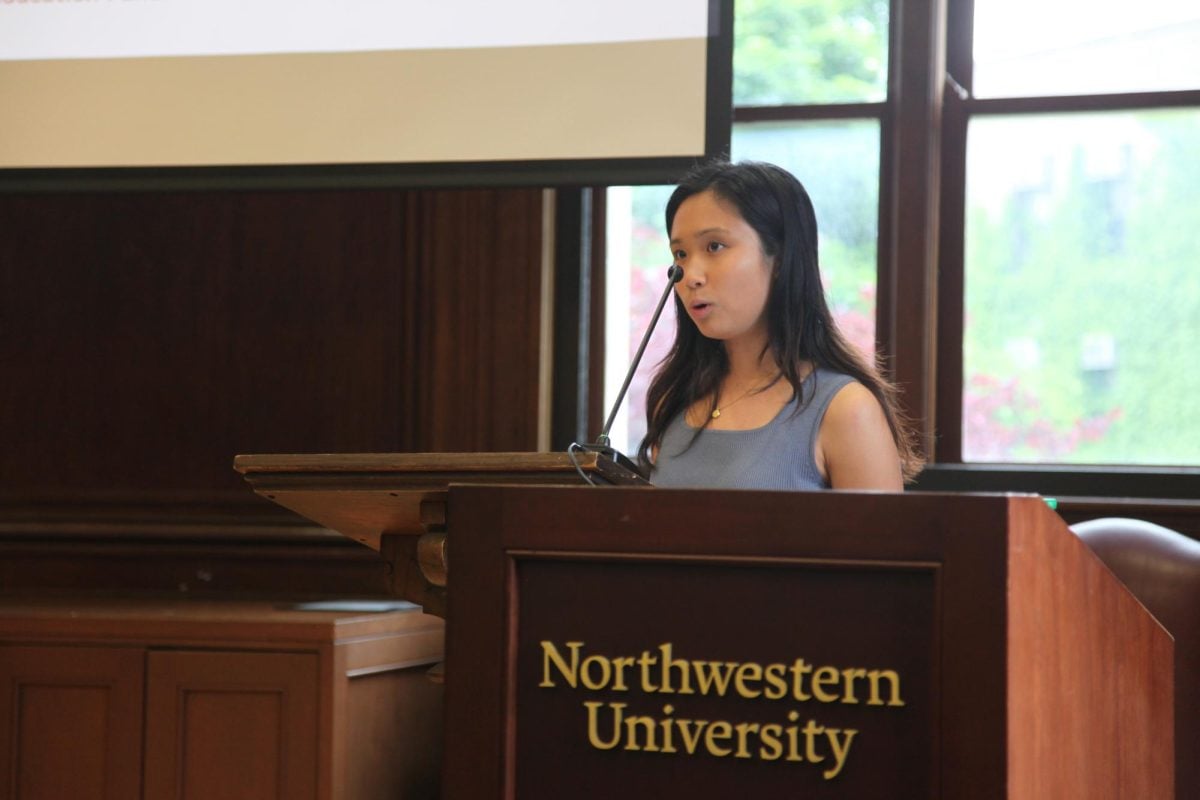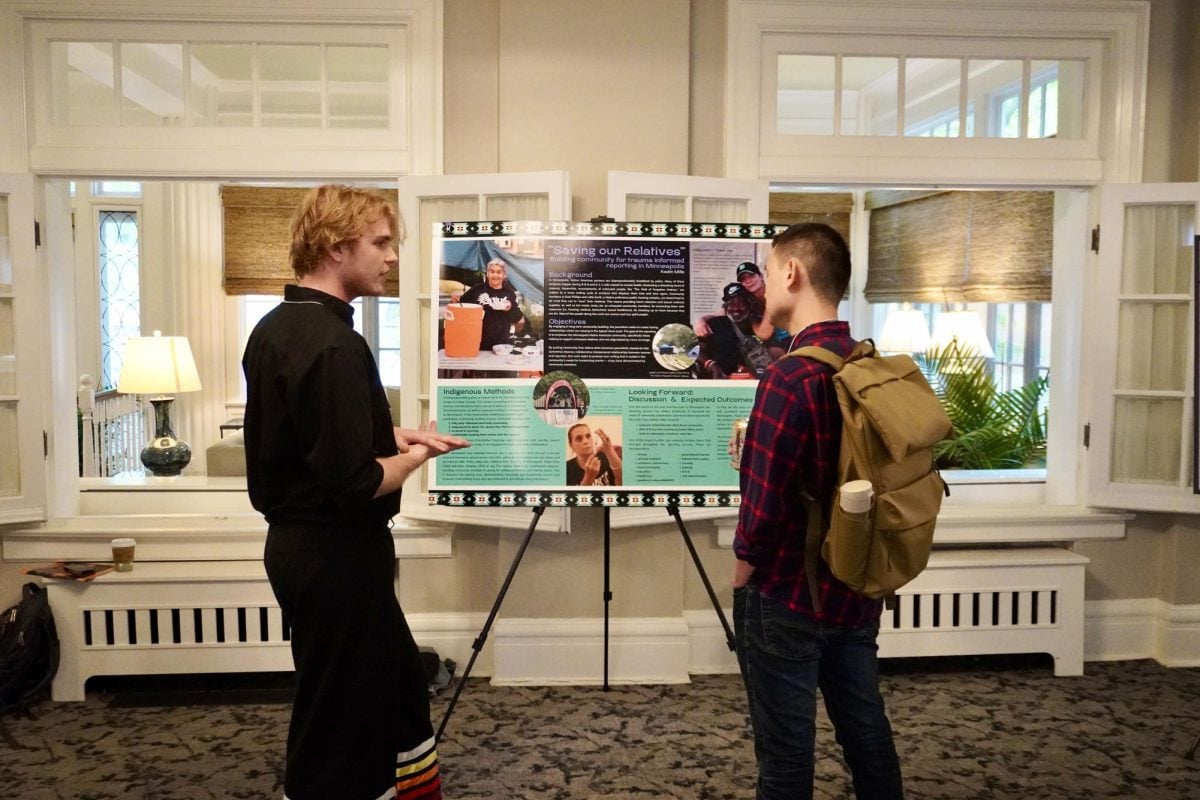The majority of Americans probably watch Super Bowl advertisements solely for the laughs, but for the eighth year, Kellogg marketing students will also be watching them for the purpose of analysis.
The Kellogg Super Bowl Advertising Review will be held Sunday night during the game between the New England Patriots and the New York Giants. During the event, a panel of approximately 45 students in the Kellogg Marketing Club will rank the advertisements shown during the game to determine which ones were most memorable and effective, according to Kellogg Prof. Tim Calkins. The results will come out approximately 15 minutes after the game ends, he said.
Calkins, who leads the panel along with fellow Kellogg Prof. Derek Rucker, said the panel uses a framework called ADPLAN to analyze the various advertisements. ADPLAN stands for attention, distinction, positioning, linkage, amplification and net equity, the six different criteria the panel believes advertisers must display in order for their ads to be considered effective.
These criteria state that in addition to capturing viewers’ attention and being memorable, an ad must connect with its intended audience, establish a link between the ad’s creative idea and the product, make the audience remember the desired parts of the ad and make the ad reflective of the product’s brand.
Calkins emphasized the importance of the brand in making an ad effective and memorable.
“The biggest mistake advertisers make is they try too hard to be creative and different,” he said. “But sometimes you lose the brand, so the creative idea overwhelms the brand, so people remember the commercial but don’t remember who it was for, and that’s a problem for the advertiser.”
According to Calkins, advertisers spend approximately $3.5 million for a 30-second spot during the Super Bowl, but added the result of the ad can often be worth the high price.
“(The game) has a huge audience but it also is a time where people actually want to watch the advertising, and for the advertiser that’s a very important dynamic,” he said. “These days, people are getting good at avoiding advertising so it’s getting harder and harder to reach people, so this makes the Super Bowl unique.”
Last year, the panel chose Volkswagen’s ad, featuring a child dressed up as Star Wars’ Darth Vader attempting to exercise his “force” on a Volkswagen car, for the top spot in the rankings. Calkins said this was an ad “that really connected with people.”
Second-year Kellogg student Valerie Wong, co-president of Kellogg’s Marketing Club and first-time participant in the panel, said the students are looking forward to what Volkswagen will come up with this year.
“I’m sure there’s anticipation around that particular ad and what that’s going to look like,” she said.
Calkins said the panel is also anticipating the Anheuser-Busch ad due to the consistency of the company in creating memorable spots over the years.
“They spend an incredible amount of time developing Super Bowl ads, and when all is said and done, they end up airing very effective spots,” he said.
Though Calkins said Volkswagen and Anheuser-Busch are companies that have been successful in airing memorable Super Bowl ads, he added Super Bowl ads can be detrimental for some companies who fail to connect with their audiences.
“A Super Bowl ad can help a company but also hurt it because people really scrutinize these ads, and the company can get a negative reaction if it offends people or doesn’t connect,” he said.
After the panel, Wong said students have the opportunity to attend an event at Kellogg featuring a representative from one of the companies who advertised during the Super Bowl. She said this gives students the opportunity to learn more about the creative processes behind the ads.
According to Kellogg second-year student and co-president of the Marketing Club, Martha Stark, who took part in the panel last year, the opportunity to rank Super Bowl ads with other students is a fun and rewarding experience.
“You really get a new perspective on the (panel), really analyzing from a student’s point of view rather than just a consumer’s point of view,” she said. “And having a lot of students around you and having fun while doing it is a unique experience.”
See the 2011 Volkswagen Super Bowl ad:

















